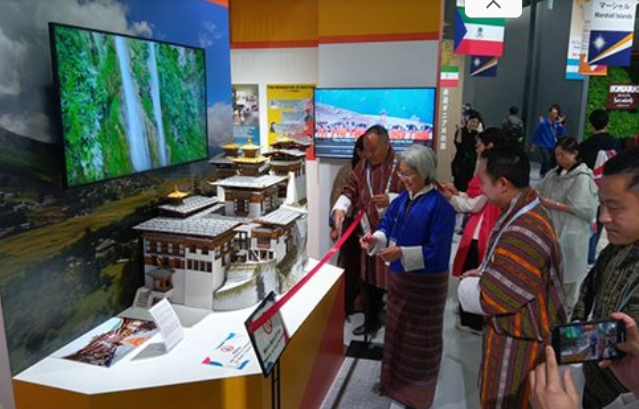
Agency: Sign language plays a crucial role in bridging the communication gap for persons with hearing impairments and ensuring their meaningful participation in society. It is not merely an alternative form of communication but an essential language that allows deaf individuals to express themselves, access information, and engage socially.
In Bhutan, the Wangsel Institute for the Deaf in Paro has been at the forefront of promoting sign language education and providing specialized learning opportunities for students with hearing impairments.
During this paper’s recent visit to the institute, staff shared that efforts are being made not only to teach the students, but also to encourage families to become more involved in the learning process.
According to the Principal of the school, one of the most pressing challenges is the communication barrier between parents and their children, as some parents are still reluctant or unable to learn sign language.
This lack of shared communication affects the children’s ability to interact freely at home and hampers their emotional connection with their families. The principal emphasized that parental involvement in learning sign language is critical for the children’s development and well-being. He noted that greater awareness and training for parents could help address this gap and ensure better support for the students both in school and at home.
In a conversation with the school’s Inclusive Coordinator, Sonam Choden, the communication barrier has resulted in numerous challenges for the students. “Home is a place where children learn; however, if they have no one to communicate with at home, they become lonely and eventually handicapped,” she said.



